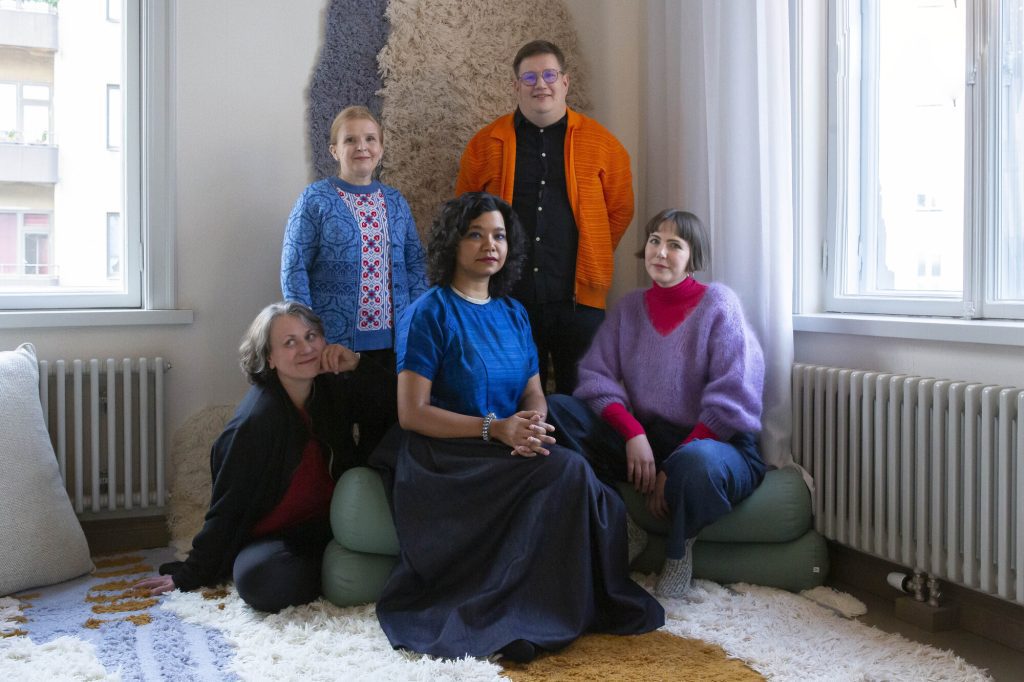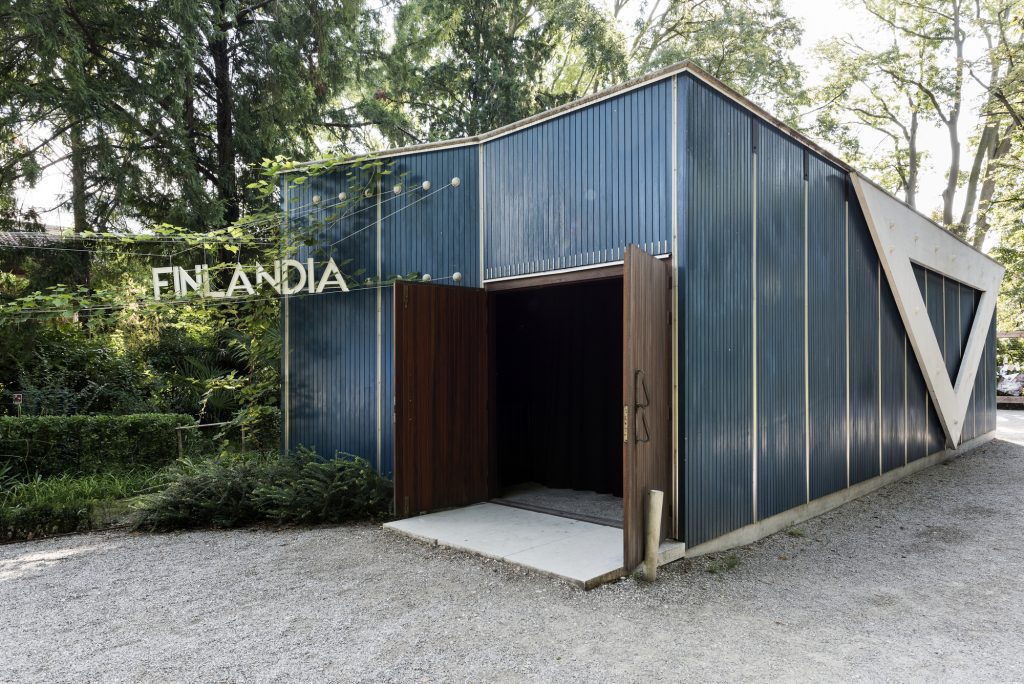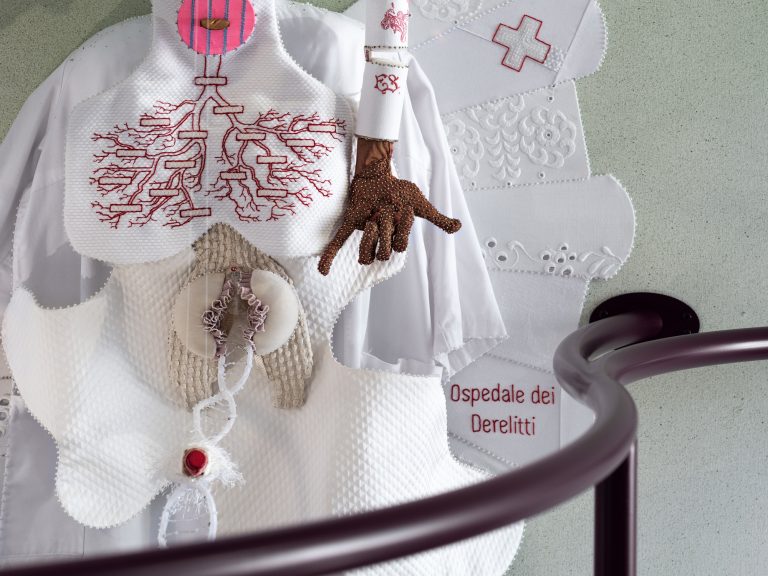
Photography by JO HISLOP

Photography by UGO CARMENI
The Pavilion of Finland at the 60th International Art Exhibition – La Biennale di Venezia presents The pleasures we choose, a collaborative endeavour by artists Pia Lindman, Vidha Saumya and Jenni-Juulia Wallinheimo-Heimonen, alongside curators Yvonne Billimore and Jussi Koitela and architectural designer Kaisa Sööt. This multifaceted project, commissioned and produced by Frame Contemporary Art Finland, challenges conventional boundaries between art, architecture and social discourse, creating a collective space where visitors are invited to reassess societal expectations. Through the interplay of diverse mediums and perspectives, the exhibition navigates themes of co-existence, collective futurities and the celebration of personal pleasure as a catalyst for societal transformation. Join us as we talk to Pia Lindman, Vidha Saumya and Jenni-Juulia Wallinheimo-Heimonen about how this unique collaboration came to be.
hube: How does the collaborative effort between artists, curators, and the exhibition designer contribute to the overarching theme of reimagining societal expectations within The pleasures we choose exhibition?
Pia Lindman: By reworking our relationships with one another and dismantling hierarchical expectations and paradigms of professionalism, our collaborative effort itself is a reimagining, building a different world as we create the exhibition. It requires listening, acknowledging one another, and patience. You come to have faith in the process and in the energy of others. By coming together in this way creates a temporary collectivity within which you grow into a common insight into what we want to convey with this exhibition, and how. This is a distinctly different starting point and outcome than if we simply dictated each of our own messages and displayed our separate artworks.
Vidha Saumya: Pleasure is fundamental to one’s constitution and is a guiding principle that guides us in recognising political, intellectual, and ethical dedications. As a team, our shared journey was acknowledged as pleasure, creating the space to delve deeper, question norms, and provoke thought.
Our collaborative efforts sought to engage with the intricate relationship between human presence and the environment within the inseparability of art and life framework conceptualised by curators Yvonne Billimore and Jussi Koitela. By embracing a multidisciplinary approach and drawing upon diverse perspectives, our collaboration facilitated a nuanced exploration of societal expectations. Our collective efforts disrupted traditional narratives, inviting viewers to reconsider their preconceived notions and imagine alternative futures. In doing so, we contributed to the ongoing dialogue surrounding societal expectations, pushing boundaries and opening new avenues for exploration and interpretation within the exhibition space.
Jenni-Juulia Wallinheimo-Heimonen: In the Finnish Pavilion, we avoid social expectations regarding the audience. We’ve created a space where no one has to strive to be a “credible” guest. For example, people with visual impairments are often forgotten visitors to visual arts. In the design of the exhibition, our goal was to talk about hospitality that brings pleasure to everyone. We have a railing from which anyone can take mental or physical support. We offer an opportunity to sit down for those who find walking around the biennale physically tough. The audio description of the exhibition can also be listened to online around the world without ever travelling to Venice and our publication is open access.

